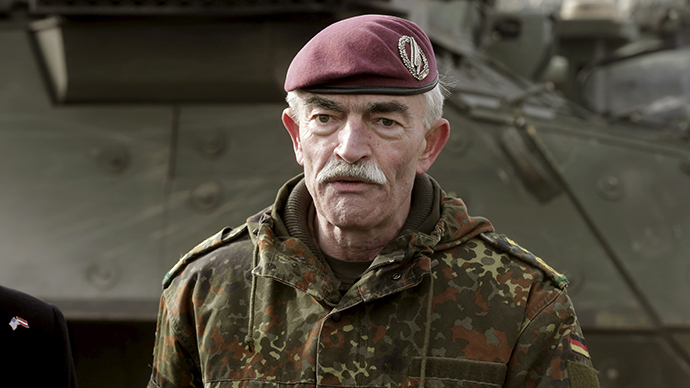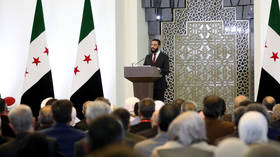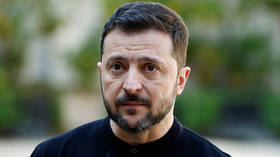NATO to hold biggest military drills in decade, Russia welcome to observe

NATO will be conducting its biggest military exercises in over 10 years starting in October, with a specific focus on battling Islamic State, allied commanders say. Forces will be deployed across the Mediterranean, and even Russia is invited to observe.
NATO commanders described the Commonwealth Trident Juncture-2015 as one of its most difficult training plans yet. They will include an “artificial threat scenario” on land and sea, as well as in the air.
“We cannot choose between the eastern threat and the southern threat, we have to train for both,” Reuters quoted commander of the NATO military command in Brunssum, Netherlands General Hans-Lothar Domrose, who is organizing the exercise.
READ MORE: NATO conducting biggest beef up of defenses since Cold War – alliance chief
Around 36,000 personnel from more than 30 countries will be participating, including non-NATO nations such as Sweden and Austria. The drills will take place in Italy, Spain, Portugal and in the Mediterranean Sea, and will run from October 3 to November 6.
“Distance is a new factor. We will be working in a huge training area,” Domrose said. “We will focus on speed, on multiple threats, simultaneously.”
NATO is also developing a rapid reaction force that will consist of several thousand soldiers who could be quickly deployed to any hotspot.
The last time NATO held an exercise of such scale was in 2002, when 15 members of the alliance, along with 12 other partner nations, participated in drills that took place in Norway and Poland.
Moreover, the alliance’s commanders revealed that naval forces will aid in dealing with the migrant boat crisis in the Mediterranean Sea during the exercises, as there is an increasing number of people fleeing conflicts in Syria and North Africa.
“If there is a crisis in the vicinity of one of our ships ... we will stop the exercise and give humanitarian help,” Domrose said. “We will not let people die.”
Shift from the east?
It is a first time in a while that NATO has taken its eye off Russia and focused on the serious terrorist threat posed by Islamic State (IS, previously ISIS/ISIL) further south.
“We invite international observers. [We have] no secrets, the secret is, what decisions I take, but everything else is transparent. And my decisions during the exercise would be transparent, as soon as I take them. The Russian Federation and all others who have expressed interest will be invited,” Domrose stated.
READ MORE: Drills for me but not for thee: NATO launches war games near Russian border
The general argued that the increased threat from IS in Iraq and Syria is forcing NATO to turn away from the east and face the growing instability coming from the terror group. Domrose added that the new type of threats coming from IS defy geographical boundaries, as the group uses social media as a propaganda tool to inspire attacks across the globe.
In light of the Ukrainian conflict, for which the alliance blames Moscow, relations between Russia and NATO have soured to a Cold-War low.
Since Russia’s reunification with Crimea and the outbreak of the military conflict in eastern Ukraine last spring, NATO has stepped up its military presence along the Russian border, including in the Baltic States and Eastern Europe.
The latest round of NATO military trainings close to Russia was named “Agile Spirit 2015,” which began in Georgia on July 8, uniting military personnel from six countries.
READ MORE: ’Agile Spirit’: NATO military exercises kick off in Georgia
One of the biggest series of drills this summer involved at least 49 vessels from 17 countries, with 5,600 troops taking part in the US-led BALTOPS exercises in the Baltic Sea in June. The training operation kicked off from the Polish port of Gdynia on June 5 and ran until June 20.
The Russian Foreign Ministry has continuously criticized NATO’s military buildup in the neighboring states, which it said is taking place “under the false pretext of alleged ‘aggressive behavior’ by our country” and is accompanied by “unfriendly and malicious” rhetoric.
“We are not threatening anyone and we seek to resolve all conflict situations through political means, with respect toward international law and other nations’ interests,” President Putin stressed in June.
READ MORE: 49 NATO vessels, 5,600 troops gear up for major US-led drills in Baltics













